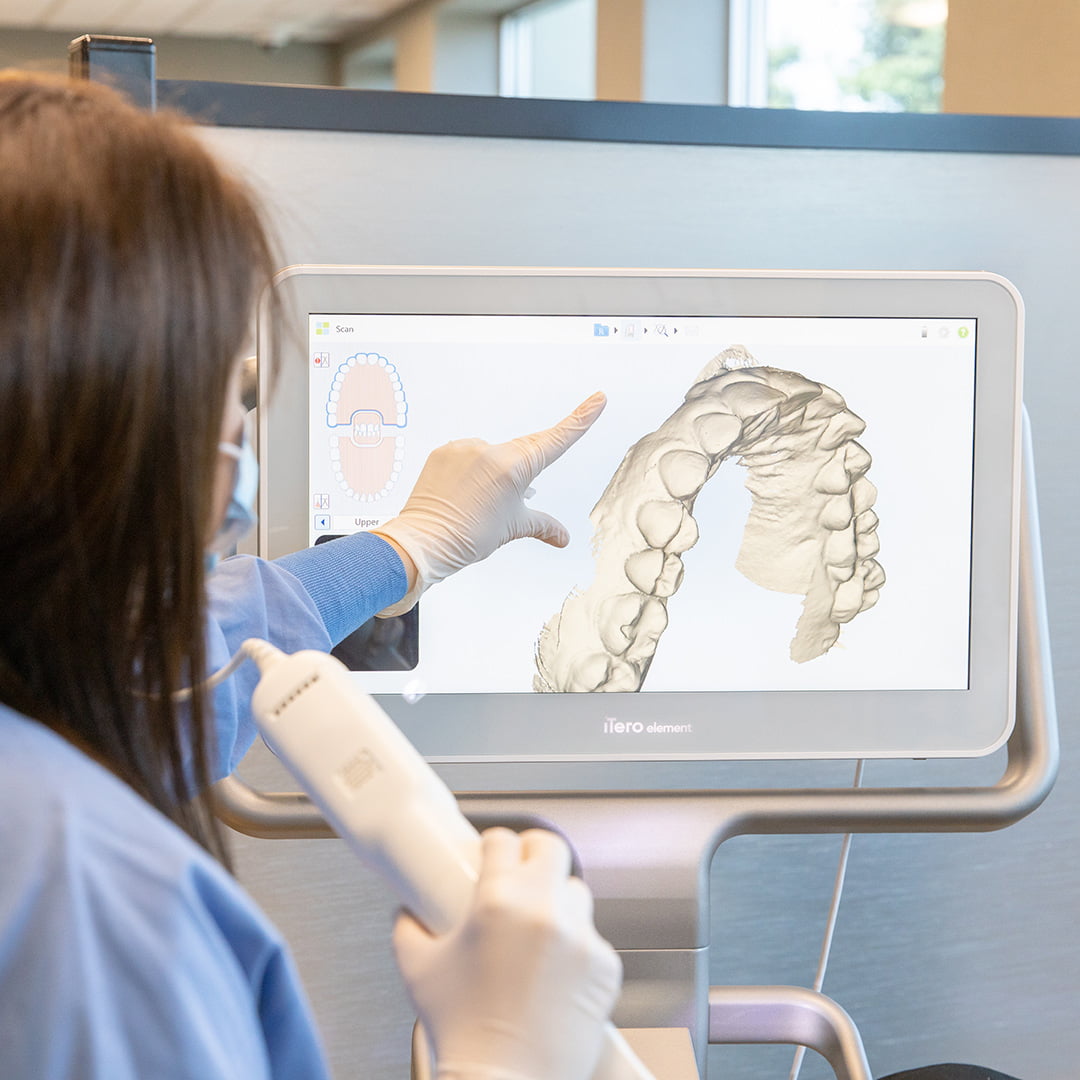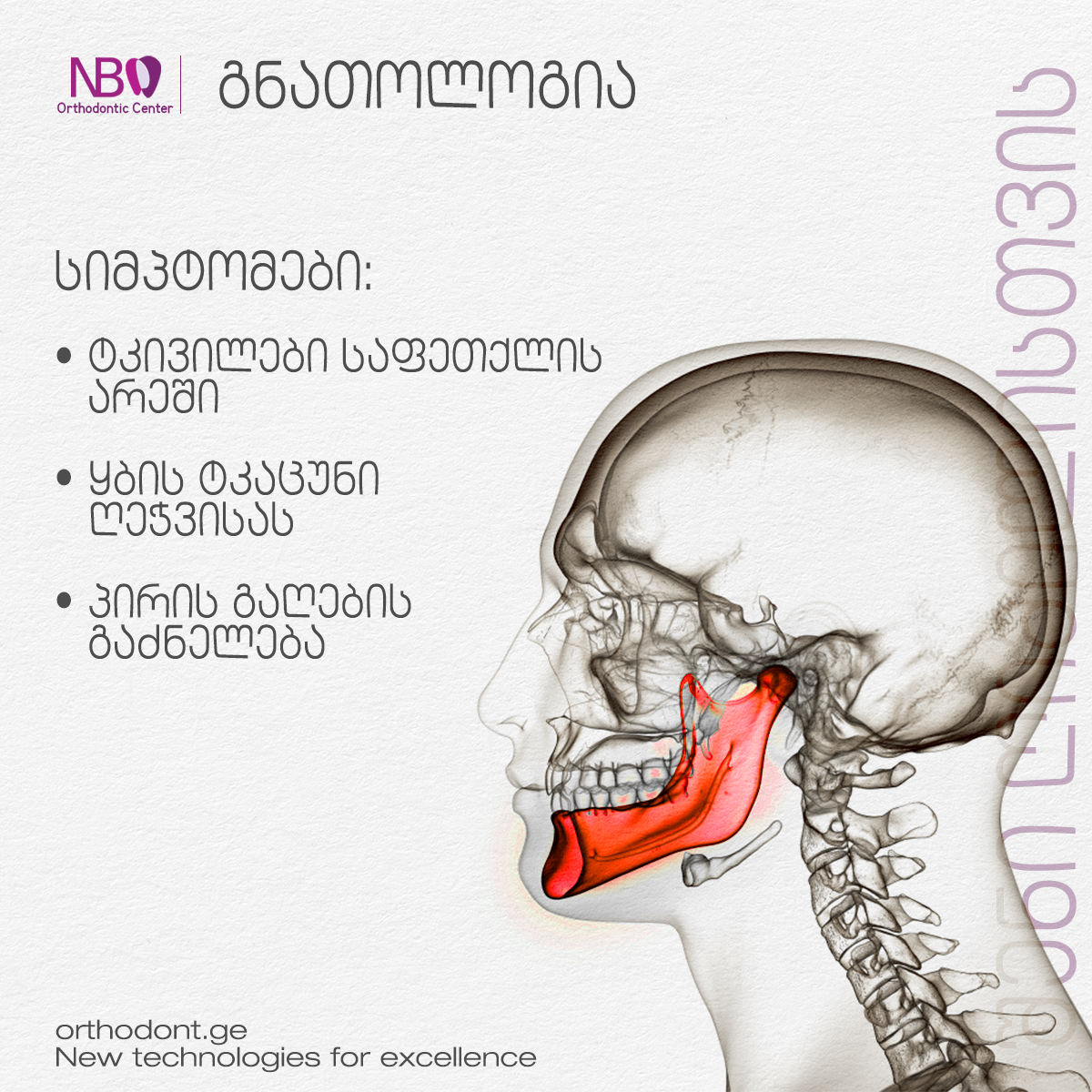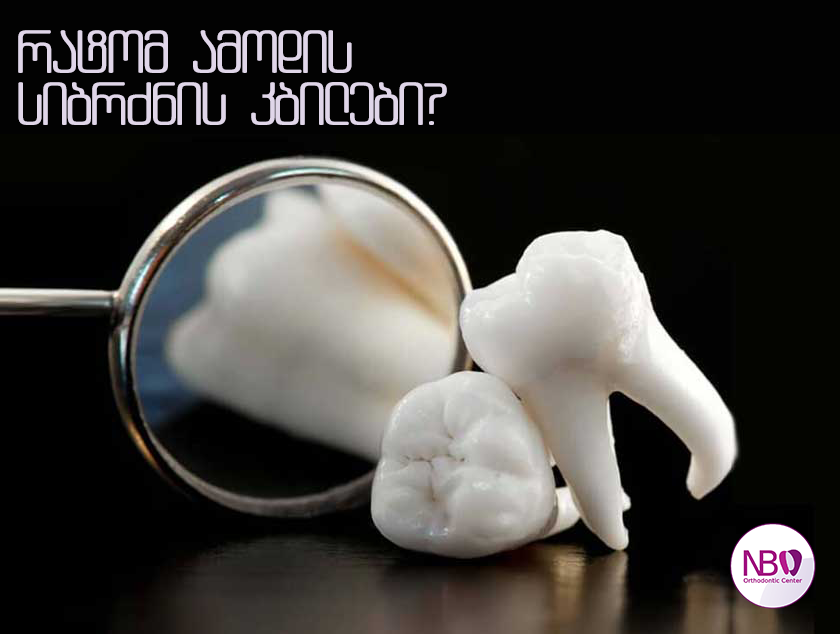Temporomandibular joint diseases (TMJ)
Temporomandibular joint is one of the busiest joints of a person - it performs about 2 thousand movements a day. Accordingly, any damage to the bony or cartilaginous tissues, tendons or muscles included in the jaw causes significant discomfort and problems for a person.
Temporomandibular joints connect the skull, temporal bone and lower jaw. There are two such joints, each located on either side of the face, just in front of the ears.
Temporomandibular joint diseases are caused by problems caused by jaw muscles, joints or their connective tissue. Additional research is required for accurate diagnosis of the problem;
reasons:
Most often, the cause of temporomandibular diseases is a violation of muscle tone (tension) and pathologies of the joint structure, which are sometimes accompanied by a psychological factor.
Subjective complaints and clinical manifestations are:
- pain accompanying movement of the lower jaw in the area of the joint and chewing muscles;
- feeling of tightness and tightness;
- noise accompanied by mouth opening and closing: clicking, crackling, hissing;
- Limiting and disrupting the movement of the lower jaw in its different phases.
- The pain is sometimes transmitted to the ear, head, neck, eye socket, etc.
- The pain intensifies when moving the lower jaw.
When to consult a doctor?
If you experience any of the listed symptoms, consult a doctor. The doctor-gnathologist recommends the method of treatment.
Timely diagnosis and treatment of pathologies of the temporomandibular joint are very important, so as not to aggravate the disease with constant movement of the jaw. Treatment of lesions detected earlier is much more effective.
For a consultation with a gnathologist, contact us at: 032 2 32 2227.









